Dogs meeting children. How to do it safely?
In this photo, the girl is petting the dog without cornering him
/Photo by Annie Spratt on Unsplash/
If your dog has never met a child before, you can't expect him to be ok especially when the child wants to hug him. Your dog was not prepared for this situation. He can even bite the child for being hugged! It won't even make him aggressive. For dogs, children might look like completely different species. He doesn't know if the child is not there to harm him. Hugging can feel incredibly threatening for a dog. They are being forced to stay in one place and are unable to move. We are showing them love but for them, it can be a sign of danger.
In this photo, the child hugs the dog. Do you see how the dog is leaning away? The dog is also looking at something in the distance which might indicate that she wants to run towards it but instead is being held by the child. This situation can be dangerous.
/Photo by __ drz __ on Unsplash/
It's important to keep everyone safe and it's your responsibility as an owner. Don't expect your dog to just be fine. Always supervise and allow your dog to leave the situation if it starts to be too much. It is better to upset the child by telling him/her that the dog needs a rest rather than allow it to continue and face a big threat of the child getting bitten by the dog. The tragedy can be avoided.
How to help your dog?
Allow the dog to approach the child, not the other way around. Never let your dog get cornered where he has no escape route. Children might simply want to pet the cute dog and show him love and they won't understand that the dog might not see it as love! You need to be there to supervise. If the dog feels threatened he will show you subtle signs which might include:
backing away,
turning head away,
yawning,
lip licking,
panting and more.
The child holds this puppy collar. Do you see how the pup is leaning away? His ears are back, he is panting and has muscle tension on his forehead. He is not choosing to interact and his body language might suggest that he doesn’t like to be hold by the collar this way.
/Photo by Michael Walk on Unsplash/
Teach the child how to interact with your dog safely
If the dog is approaching the child and always has an escape route, it can be a beginning of a very nice interaction for both. Show the child how to gently pet your dog so he enjoys it. Ask the child to pet your dog in his favourite spots which could include under the ear, under the chin, on the chest, on the hip or on the belly. If your dog likes playing with toys, teach the child how to do it safely. Just remember, dogs often adjust their grip and can accidentally bite the hand no matter who is holding the toy. Make sure you know your dogs’ habits first before you introduce a game.
The dog is approaching the child, not the other way around which is a much safer option.
/Photo by Zachary Kadolph on Unsplash/
It's very important to take breaks.
Ask the child to take his/her hands away for 3s and if the dog moves away, ask the child to give the dog some space. Alternatively, if the dog stays or even try to get the child's attention (some dogs paw the person who stopped petting, some dogs use their muzzle, some can whine or make other sounds) let him/her come back to petting. If the dog is asking for being petted, it can be a sign of a beautiful relationship starting to form.
Summary
It’s better to introduce your dog to a child slowly and safely. If your dog is avoiding the interaction be his voice and take him out of the situation. When your dog has choices and is asking for interaction, it can be the start of a great relationship. In any case, you always need to supervise and keep everyone safe. Not only the child but also your dog.
In this photo the child appears to be inviting the dog to sniff his hand. Allowing the dog to have a choice is important but remember that if he won’t decide to approach, let him!
/Photo by Chen Mizrach on Unsplash/



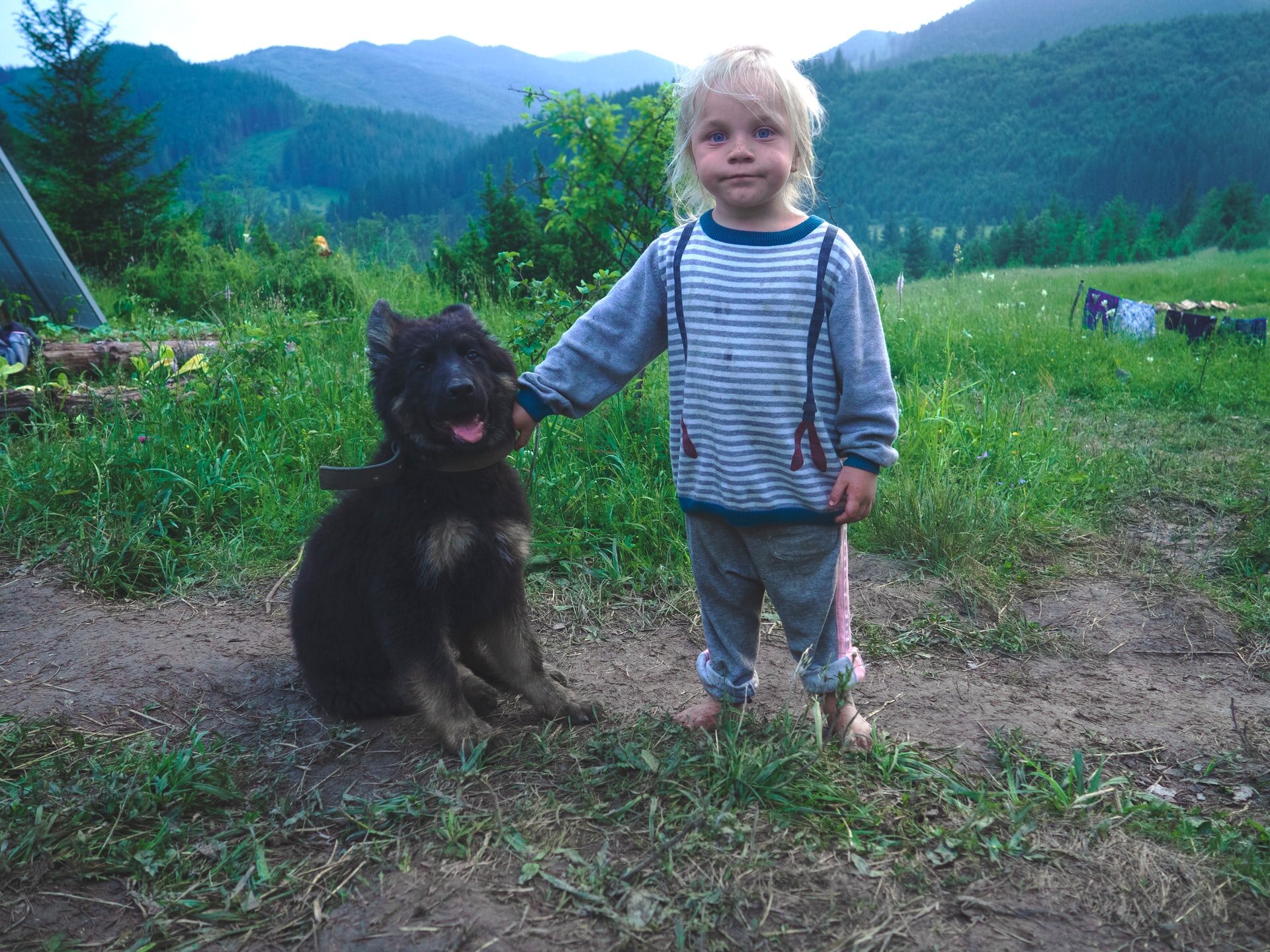

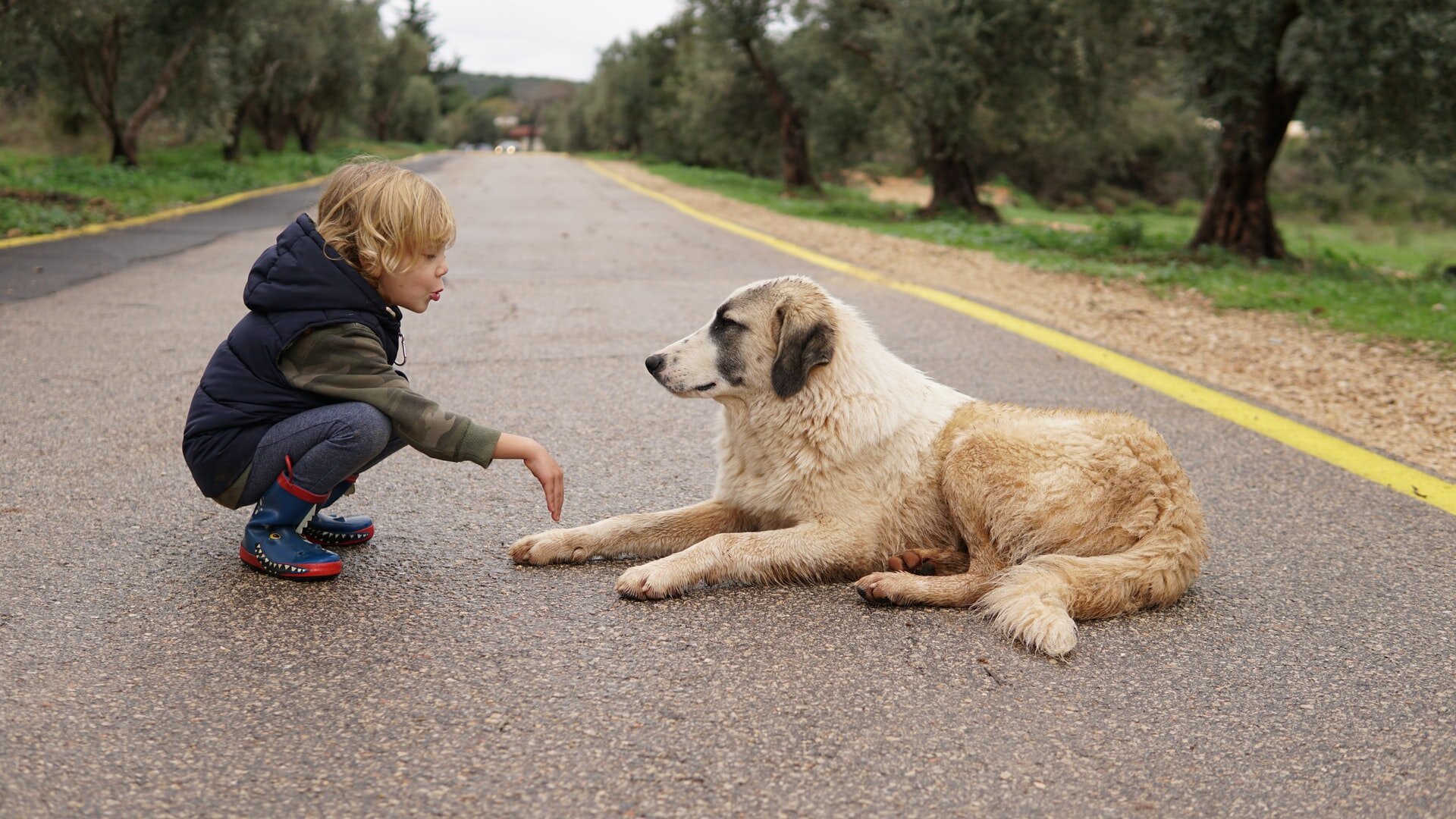


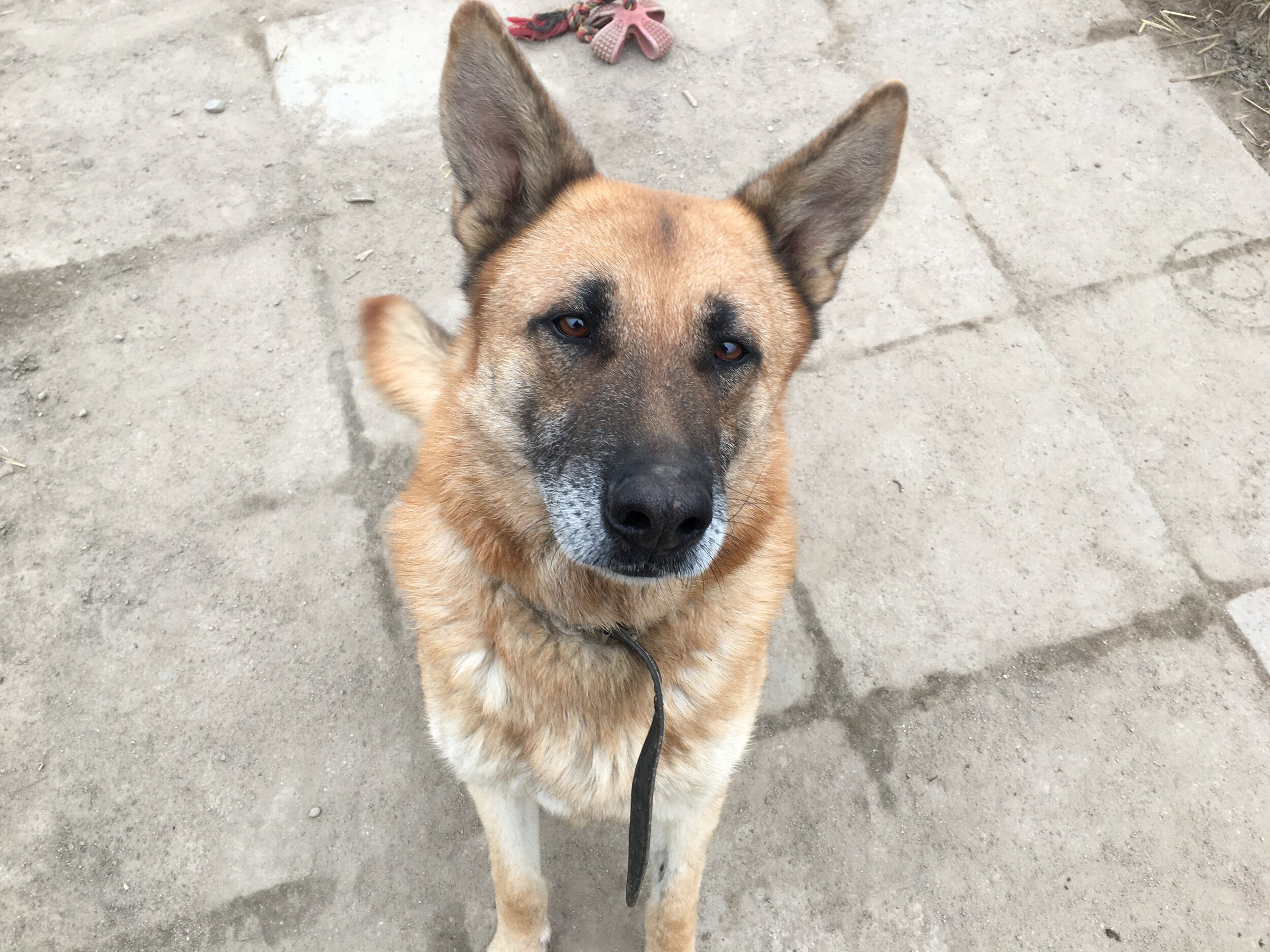

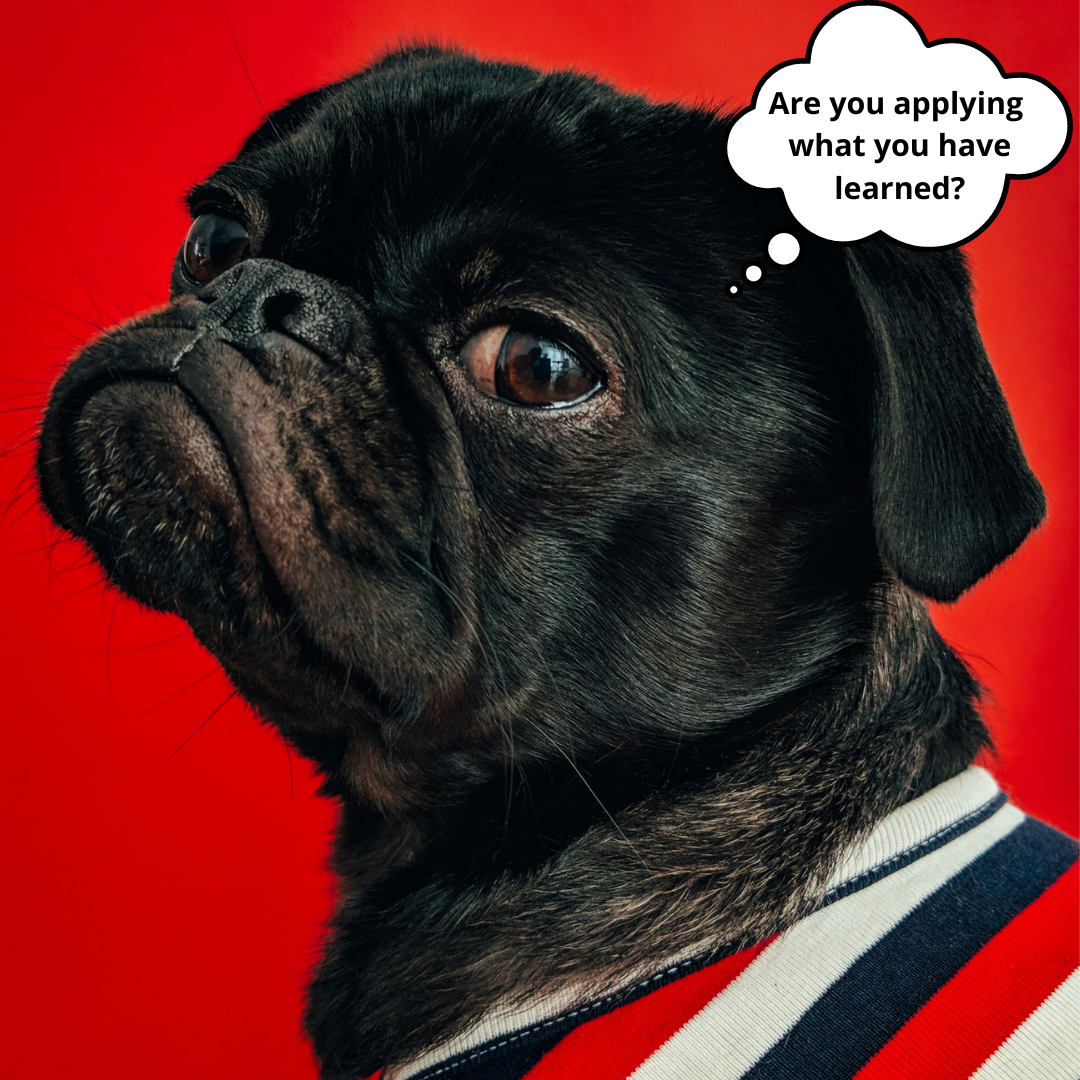





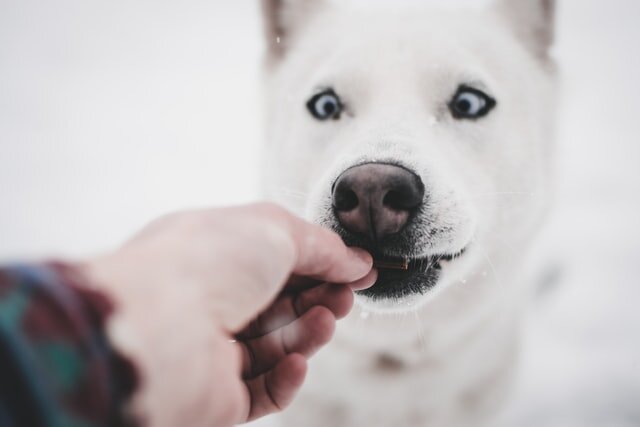



I'm feeling great and I prioritise health. I don't feel better than anyone else! I can enjoy feeling good about myself and hope for everyone else to enjoy themselves too. I believe that happiness is not something you achieve, it's something you DO. I'm choosing habits for happiness and I do them every day. I hope you can join me and start to seek happiness every day.